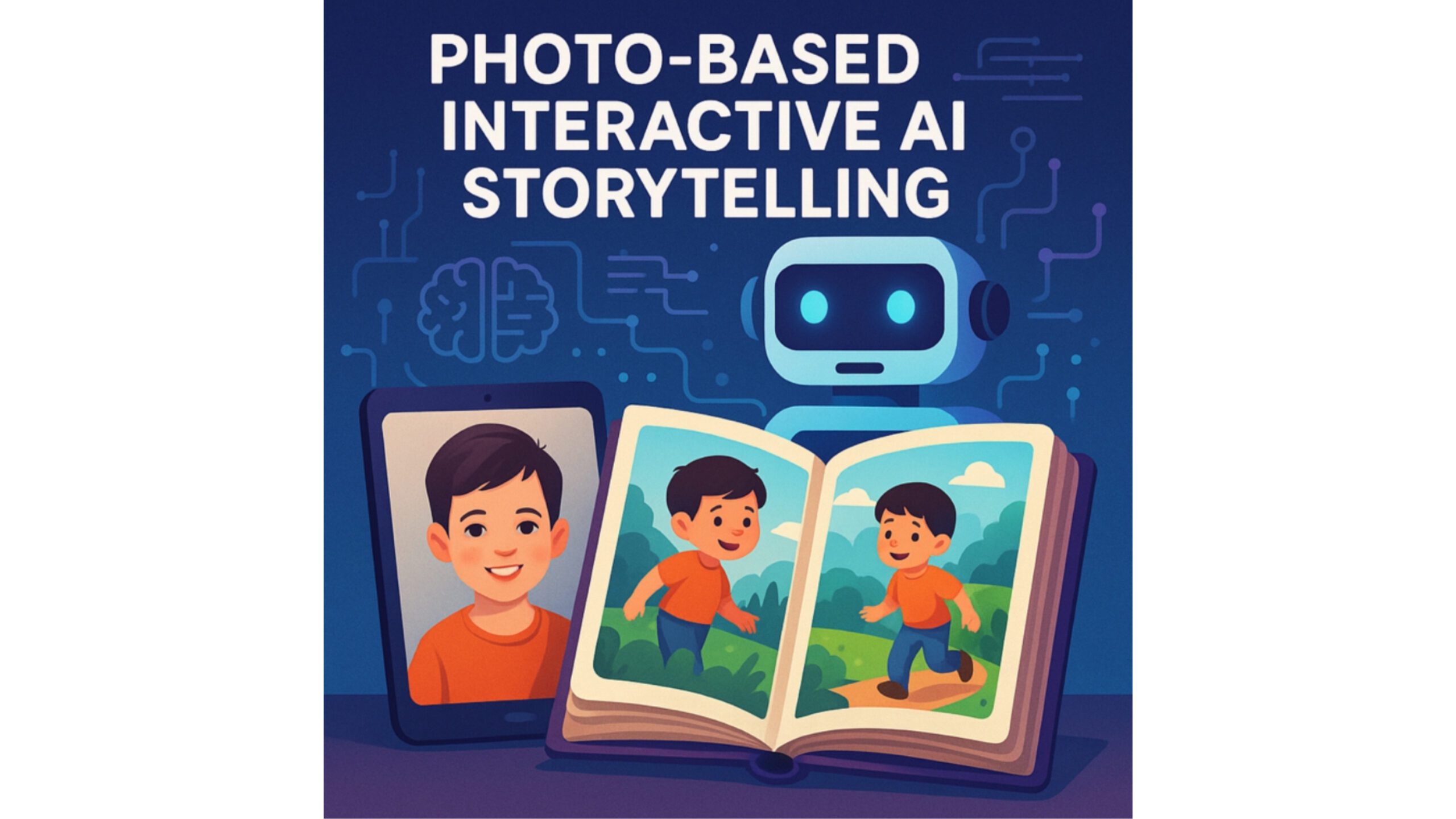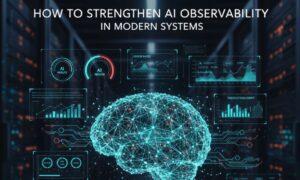Children have always connected with stories because they are gateways to imagination, learning, and emotional development. Today, technology is reshaping this timeless experience by turning reading into something far more personal and interactive. Instead of a generic character on a printed page, a child can now see their own face, their own name, and even their own world woven into the narrative. Photo-based storybooks and interactive AI story generators are setting a new standard for how children engage with reading. To many parents, these tools feel magical, but behind that magic is a sophisticated foundation of artificial intelligence, child-safe design, and advanced creativity engines.
This article explores the full technology stack that powers photo-based storybooks and AI-generated narratives, the benefits they offer, the privacy considerations that matter for families, and the direction this rapidly growing space is heading.
The Evolution of Personalized Storybooks for Children
Personalized books are not a new idea. For decades, parents could order printed storybooks that inserted a child’s name into the story. These were sweet additions to a bookshelf, but they were limited. They lacked dynamic illustrations, real customization, and adaptive storylines.
Today’s transformation is driven by accessible AI and educational research. Studies from the MIT Media Lab show that personalized learning experiences significantly improve engagement and comprehension in early childhood:
Children pay more attention to stories that reflect their world. When a child becomes the hero of the adventure, the motivational boost is immediate.
AI-powered storybooks now adapt reading levels, generate unique story arcs, and create illustrations instantly from a photo. This shift is redefining how young readers form emotional connections to stories.
How Photo-Based Storybooks Actually Work
The process starts with a parent uploading a photo. Vision models detect face structure, expressions, hair outlines, and essential features needed to create a safe child-friendly illustration.
These algorithms do not use a child’s photo directly inside the story. Instead, they create stylized illustrations based on the child’s appearance, protecting identity while still making the narrative feel personal.
Modern platforms like Kidscribe.ai use this approach to produce joyful, expressive characters that look like the child and appear consistently across scenes.
The Technology Behind Interactive AI Story Generators
Interactive story engines rely on advanced language models that generate age-appropriate and engaging storylines. The system evaluates the child’s reading level, chooses narrative direction, builds emotional pacing, and adjusts vocabulary.
For safety and child-focused development, many platforms lean on principles outlined by Stanford Human-Centered AI (HAI)
Large language models used in children’s storytelling also undergo additional filtering to avoid inappropriate content. Human review is often added for edge cases to maintain safety.
Key Technologies Powering Photo-Based and Interactive Storytelling
Vision AI analyzes the child’s photo and produces illustrations designed to be safe, fun, and consistent.
Generative text models write the story. These models are tuned for age-appropriate vocabulary and structure so that young readers stay engaged without feeling overwhelmed.
Safety filters evaluate every generated output. UNICEF’s recommendations on digital child safety set useful guidelines that responsible platforms follow:
https://www.unicef.org/globalinsight/childrens-rights-digital-age
Optional voice generation uses text-to-speech systems to read aloud, supporting vocabulary development and early literacy.
Interactive logic systems manage choices within the story. These systems ensure narrative flow stays coherent, even if the child chooses branching paths.
Why Personalized AI Stories Benefit Children
The emotional and cognitive benefits are significant. The American Academy of Pediatrics has long emphasized that meaningful storytelling and parent-child reading moments support language development and emotional growth.
Seeing themselves inside the story increases a child’s confidence. Personalized stories also help with vocabulary reinforcement, comprehension, and memory. For children who struggle with attention, personalized content can create a stronger connection than generic material.
Privacy, Data Security, and the Ethics of Using Kids’ Photos
Parents are right to prioritize privacy. Any platform working with children must comply with laws like COPPA in the United States and GDPR in Europe.
Reputable platforms follow standards recommended by NIST and UNICEF for child-safe digital design:
Good platforms:
• Encrypt photos
• Delete data after the book is created
• Do not train models using children’s photos without explicit consent
• Provide clear transparency about data handling
Parents should always review privacy policies before uploading images.
The Business and Market Growth of AI Storytelling
This market is expanding rapidly. Reports from McKinsey and Grand View Research show that personalized digital learning tools and AI-driven content are growing at double-digit annual rates.
AI storybooks fit into emerging models such as subscription-based learning apps, parent-focused digital literacy tools, and school licensing programs.
With rising demand for personalized educational experiences, this niche will continue to scale.
What the Future Holds
AI storybooks are on their way toward even richer features:
• Multilingual storytelling for bilingual families
• Augmented reality that brings stories into the child’s room
• Emotionally adaptive narratives that sense reading pace or interest
• Collaboration tools for teachers and families to co-create stories
These innovations will enhance creativity and learning while keeping children engaged in new and meaningful ways.
FAQ
Will personalization limit a child’s imagination?
No. Research shows that personalized stories increase engagement and encourage children to imagine more scenarios beyond the narrative.
Are photo-based storybooks safe?
Yes, when platforms follow robust security practices such as encryption, deletion policies, and compliance with COPPA and GDPR.
How are photos protected?
Photos should be encrypted and deleted quickly unless the parent chooses otherwise.
Do interactive story generators ensure age-appropriate content?
Quality platforms use child-safe datasets, moderation layers, and parental controls.
Can these storybooks support reading development?
Yes. Personalized stories improve vocabulary, comprehension, retention, and reading confidence.
What should parents check before using a platform?
Check data retention, privacy statements, training use of photos, and parental controls.
What is the typical cost?
Pricing varies from one-time purchases to monthly subscriptions. Many offer free trials.
Conclusion
Photo-based storybooks and interactive AI systems are transforming childhood reading by offering experiences that feel personal, imaginative, and emotionally meaningful. With strong privacy standards, responsible design, and trusted technological foundations, these tools represent the future of early learning and storytelling.





























